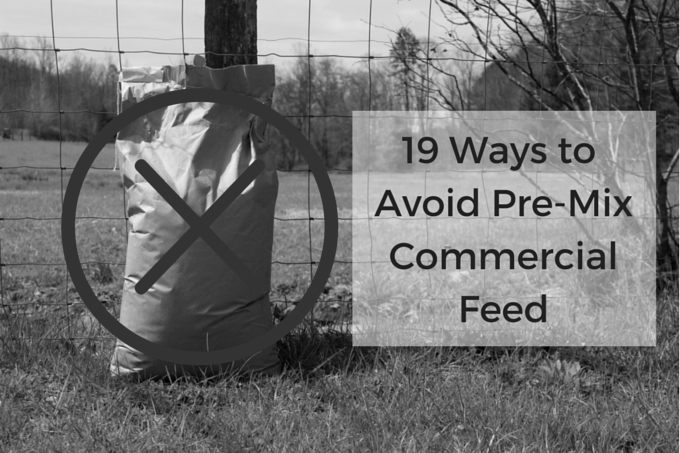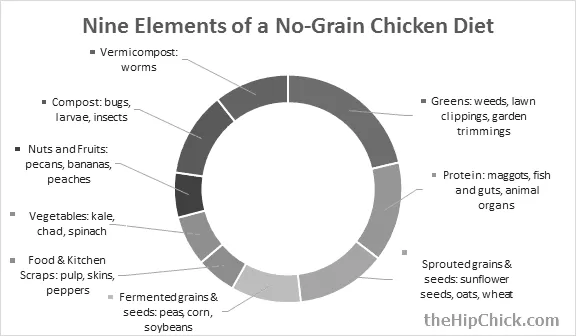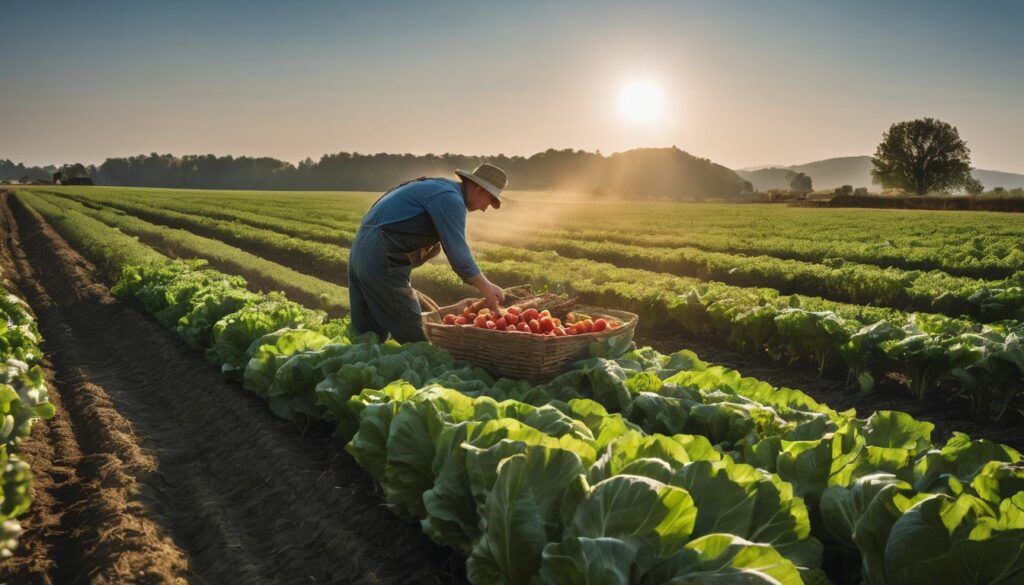There are many ways to provide your chickens with a high-quality diet without purchasing expensive chicken feed. The best alternative feeds for chickens include table scraps, nuts, and even sesame seed oil. Depending on the type of feed you are looking for, you might also be able to provide your chickens with the protein and vitamins that they require. Read on to learn more. After you’ve mastered the art of alternative chicken feeds, you’ll be well on your way to a healthy and happy flock of chickens.
Alternative feeds for chickens
Keeping a flock of chickens doesn’t have to cost a fortune. You can use free backyard food for their health. This includes green plants, seeds, and fruits. You can also feed them dirt, insects, and black soldier fly larvae. Among the best alternative feeds for chickens are these foods. They are both cost-effective and packed with protein. Listed below are a few ways to feed your chickens.
You can save money by avoiding feed purchased at the store. By replacing soybean meal with other protein-rich sources such as groundnut meal, cotton seed meal, or rapeseed meal, you can cut costs. Other protein-rich ingredients include distiller dried grains with soluble fiber and meat and bone meal. Meat and bone meal provide valuable calcium and phosphorus. Although it’s not realistic to use high-protein sunflower as the sole source of protein for your flock, you can supplement their diet with leftover table scraps or bakery products.
If you’re worried about feeding chickens on a budget, you can save kitchen scraps by composting them. You can also feed your flock by saving garden waste for egg production. Chopped eggshells, dandelion, plantain, lamb’s quarter larvae, chickweed, and purslane are all excellent chicken foods. Crushed eggshells are also good for adding extra calcium to their diet.
Table scraps
The first question new chicken keepers have is: Can they safely feed their flock table scraps? It’s perfectly safe as long as the scraps do not contain any poisons and do not constitute more than 10% of the daily diet. But for practical purposes, most chicken owners prefer to give their birds table scraps. This practice not only eliminates food waste, but also reduces feed costs. Providing table scraps to your flock is a great way to encourage foraging behavior, and you’ll also be reducing the waste that you produce.
Table scraps are an excellent alternative to commercial poultry feeds. They contain protein and fat and are excellent sources of these nutrients. Some of these items can also be found in your fridge or pantry, including sunflower seeds, plain greek yogurt, and table scraps. Some of these items are also harmless and will also benefit your flock. But before incorporating these foods into your chicken’s diet, you should make sure to check for toxins.
Another great way to feed chickens without buying feed is by collecting free fish parts. If you’re an avid fisherman, you can save the heads and bones for your chickens. Besides, whole fish can be sliced open for them to get the good stuff. Worms can also be dug up after rainstorms, and deer carcasses can also be chopped and fed to your chickens.
Nuts
You can provide interesting snacks for your chickens by offering them nuts. Although nut nutritional content differs from species to species, most contain a good cross-section of macro and micro-nutrients. In addition to fats and proteins, nuts contain important vitamins and minerals for the hen and chick, including folate, which is crucial for the development of eggs and feathers. Also, they contain small amounts of protein and carbohydrates, and are good sources of iron and magnesium.
You can provide your chickens with nuts without having to purchase expensive chicken feed. You can offer your chickens any kind of nut, and they’ll eat them. You should, however, keep in mind that nuts contain a lot of salt, which can cause kidney damage if consumed in large amounts. In addition, nuts with added flavors like honey or sugar may make the chickens fat, so always purchase organic nuts.

Another popular method for feeding chickens without buying feed is by giving them raw nuts. Some nuts are salted and seasoned, so make sure to wash them well before feeding them to your chickens. You can also offer them raw nuts, but be aware that this is not recommended for your chickens because they may chew the shells and ingest harmful toxins. You should also shell nuts before feeding them to chickens, as shelled nuts may be tough for them to eat.
Sesame seed oil
It’s possible to use sesame seed oil as a substitute for chicken feed. Sesame seed oil is highly nutritious and has a high nutritional profile. However, it’s important to supplement sesame seed meal with feed that contains essential minerals, such as zinc and phosphorus. If you feed sesame seed meal alone, it will not be enough to give your chickens the protein they need.
It’s been proven that sesame meal has positive effects on poultry’s growth. This natural source of protein and trace minerals has been shown to increase feed intake and meat quality. Sesame meal also contributes to the early sexual maturity of the chickens, meaning they’ll be ready for the market when the time comes. Besides its nutritional benefits, sesame oil can also help poultry prevent respiratory problems.
In a study, scientists compared the effects of sesame seed hulls on broiler performance and carcass quality. Compared with the other groups, the group with sesame seed hull supplementation had better final live weight, feed intake, and growth rate. Despite the positive effects, there was no significant difference in mortality. The researchers noted that the consumption of sesame seed oil did not increase the lipid content of broiler meat.
Safflower and sunflower seeds are high in protein and fiber and contain 1.8% methionine, a key amino acid in poultry diets. Sesame meal does have high levels of phytic acid and oxalic acid, but these acids are not detrimental to growth. Nevertheless, you should still supplement your chicken feed with other nutrients, such as vitamins and minerals.
Fruit and vegetable scraps
If you have chickens, you can use your kitchen scraps as a source of protein and vitamin C. You can also use whole grains and protein-rich foods such as sunflower seeds, chia seeds, or plain greek yogurt. Fruits and vegetables should be cooked thoroughly to prevent spoiled fruit and worms. Even bugs and other natural ingredients can be used as chicken food.
Pumpkins are also great food sources for chickens and can be stored for months if you keep them cool. Pumpkins are also a great way to make fodder, which is sprouted grains. Fodder can be made from wheat berries, oats, or barley. When combined with chinese pellets, fodder can be a cheap and nutritious source of fresh food.
If you’re feeding your chickens table scraps, they will probably like them a lot. Remember, though, that they have a very specific diet, so you can’t just give them any old thing. You should always keep in mind that chickens do not like junk food, so be sure to separate out the good from the bad. Feeding scraps to your flock is an excellent way to reduce waste, keep your flock healthy and save money.
Another way to get free food for your chickens is to make a compost pile. Your chickens will eat the organic material and turn it into an organic, nutrient-rich food. Not only will they eat these healthy scraps, but they will also help the environment by adding their droppings. If you have a compost pile, you can even attract beneficial bugs and worms.

Cover crops
In the winter, weeds and cover crops can be a great way to supply your flock with healthy nutrition. Many weeds have nutrient-rich seed heads that chickens can eat, including buckwheat. They also provide chickens with a healthy source of protein and are easy to grow. These cover crops can be planted and watered. The weeds you can grow yourself can even be used for grazing.
Once you have covered your pastures with cover crops, you can allow your chickens to forage on it. By using cover crops, you can also leave a rich fertilizer behind for your plants next year. Listed below are some foods that chickens enjoy and eat well. Note: Chickens can’t eat potato skins, avocado peels, or green tomatoes. However, they’ll happily eat a variety of grains and greens, as long as they’re not contaminated.
Sunflowers are easy to grow and add variety to your chicken’s diet. Sunflower seeds are particularly nutritious and are perfect for chicken scratching areas. You can also grow other crops that are good for chickens, including alfalfa, buckwheat, and annual rye. For more variety, consider growing peas as a cover crop, and add the plants to your garden for additional food sources.
What are the uses of farm animals? This article will discuss how farm animals are used in sports and recreational activities. They are also used in the production of feed ingredients. In addition to being a source of food and protein, these animals are also used for their fur and wool. As far as livelihood is concerned, these animals provide us with both meat and wool. They are also useful for pets. Listed below are some ways that farm animals are used.
Farm animals are used in sports and recreational activities
Many animals are raised for food and recreation. Common farm animals include goats, sheep, cows, pigs, and horses. Pigs are often used for food production as well. Micro-livestock animals include cane rats and guinea pigs. Cattle are raised for meat and dairy products, while sheep are bred for meat. They are also used in recreational activities such as polo, horseshoes, and fishing.
The BC SPCA opposes the use of farm animals for sport and entertainment. Farm animals can harbor harmful germs and diseases and are used in many activities. To prevent any illness, make sure to wash your hands before touching a farm animal. Follow the Healthy People Guidelines for animal handling. If you are not sure how to care for an animal, check with a reputable organization. You can also read our Healthy People Guidelines for more information.
They are used as feed ingredients
Insects are emerging as novel sources of protein for humans and animals. They are able to use wastes and rest materials for protein and growth, and rearing them requires relatively little arable land. Insects such as the yellow mealworm and black soldier fly are already being produced on large scales. Lesser mealworm is another potential feed ingredient. Feed ingredients for animals must provide adequate nutrients and lack growth inhibitors.
Many types of industrial feeds contain high-quality byproducts that humans cannot eat. The majority of industrial animal feeds include byproducts of the grain and starch industry. For example, wheat bran and wheat middlings are left over after rice milling, and corn gluten feed is produced during starch manufacturing. In addition to these byproducts, there are other high-quality food ingredients used as feed ingredients for animals.
Corn is a major ingredient in farm animal feed, making up half of its composition. Corn is an excellent source of carbohydrates and is packed with vitamins and minerals. Corn-based feeds for poultry are often made of genetically modified corn grits to provide higher-quality nutrition. Cereal, like corn, is a minor source of protein, but it is often the binding agent in the feed composition. It also provides the animal with energy and acts as a source of protein.

They are used as pets
In the United States, farm animals are often kept as pets. Pigs are popular as pets because they are good sources of meat, and they can lay up to 11 piglets in one litter. Although they’re used as pets, they don’t live in a human household; instead, they eat kitchen scraps, grains, bread, milk, and slop. Because of their unique personalities and needs, pigs are ideal for both pets and food.
People have long loved farm animals. They are low-maintenance, easy to care for, and can make great pets for children. Some farm animals are also suitable for apartment living, so you can keep them in an apartment if space is limited. Rabbits are among the easiest to care for and can provide multiple benefits for children. Despite their low-maintenance needs, these pets are also a great choice for city dwellers.
According to care farmers, animals on the farm are popular with participants because they create a warm, familiar environment and are easy to interact with. Small animals, such as chickens and ducks, provide warmth and security, while larger animals, such as pigs, can help develop participants’ self-esteem. Dogs and cats are also considered special breeds. They allow participants to interact with the animals and pet them. And while some people find farm animals to be appealing, others prefer other animals.
They are used as a livelihood
Despite the name, farm animals are far from their traditional role as pets. They serve as a source of education, entertainment, and income. While many people only see farm animals at petting zoos, others work with them on a daily basis as a career, lifestyle, or tradition. While most farm animals are kept for their meat, some are also raised for their valuable products or skills. Here are some examples of farm animals.
As far back as the Stone Age, humans have been raising animals for food. This practice dates to when animals were domesticated to make them more docile and useful for human use. The process also changed the way people thought about animals, changing their status from free-roaming creatures to pieces of property. In addition to becoming property, animals have a higher emotional connection to humans. While farm animals are still considered «work» animals, they are not given the same respect as people or pets.
In addition to providing food and products for humans, farm animals also provide important services for human welfare. Livestock manure is a valuable source of natural fertilizer. Draft animals increase productivity in low-mechanization regions, and they are valuable assets for vulnerable communities. Some estimates indicate that there are over 500 million pastoralists living worldwide. In addition to their economic contributions, livestock can also help protect biodiversity and sequester carbon in soil.
They are used in human medicine
The use of farm animals in biomedical research is growing by leaps and bounds. Goats are often used in the production of polyclonal antibodies that are useful in many diagnostic and research purposes. Goats are also used to study cartilage repair, respiratory physiology, and gene therapy. In addition to being used for biomedical research, goats are also genetically modified to produce human drugs in their milk.
The veterinary profession is responsible for the health of all animals. Despite the fact that the farming industry is a major source of medicines, veterinary medicines also help farmers to control the spread of diseases and prevent them from affecting the human population. The veterinary profession works with farmers to make sure that their animals are always healthy. They also advise farmers on animal husbandry practices and disease prevention. They are also important resources in the development of vaccines for humans.
Antibiotics are often prescribed to animals that are unable to fight certain infections in humans. This practice contributes to the proliferation of multidrug-resistant bacteria in human populations. According to the Centers for Disease Control (CDC), 2.8 million people in the United States contract an antibiotic-resistant illness each year. Antibiotic-resistant infections have been linked to routine use of farm animals, which is responsible for an alarming increase in mortality.
They are used in leather products
Most leather is made from farm animals, like cattle and sheep. While this may seem like a less cruel way to obtain leather, animals are often mistreated to create leather products. Cows aren’t the only animals used in leather manufacturing. In developing countries, elephants, kangaroos, snakes, and other wild animals are killed for their skins. Dogs and cats are also commonly killed for their skins. It’s no surprise that this industry is inhumane and has a low ethical standard.
Depending on where it comes from and how it’s produced, cows are subjected to many of the same abuses and conditions found in factory farms. From branding to exhaustion, they undergo extreme pain and deprivation to produce leather that is destined for the mass market. And it doesn’t just stop there: ostrich leather is also used for other products, such as purses and boots.
Although leather is considered a by-product of the meat industry, it has many other harmful effects. It requires massive amounts of water and vast areas of land to produce a leather product, and contributes to global deforestation. As a result, 70 percent of the Amazon rainforest has been cleared for cattle pastures. Industrial animal farming releases dangerous amounts of methane and nitrous oxide into the atmosphere. It’s easy to see why leather production is so detrimental to the environment.





